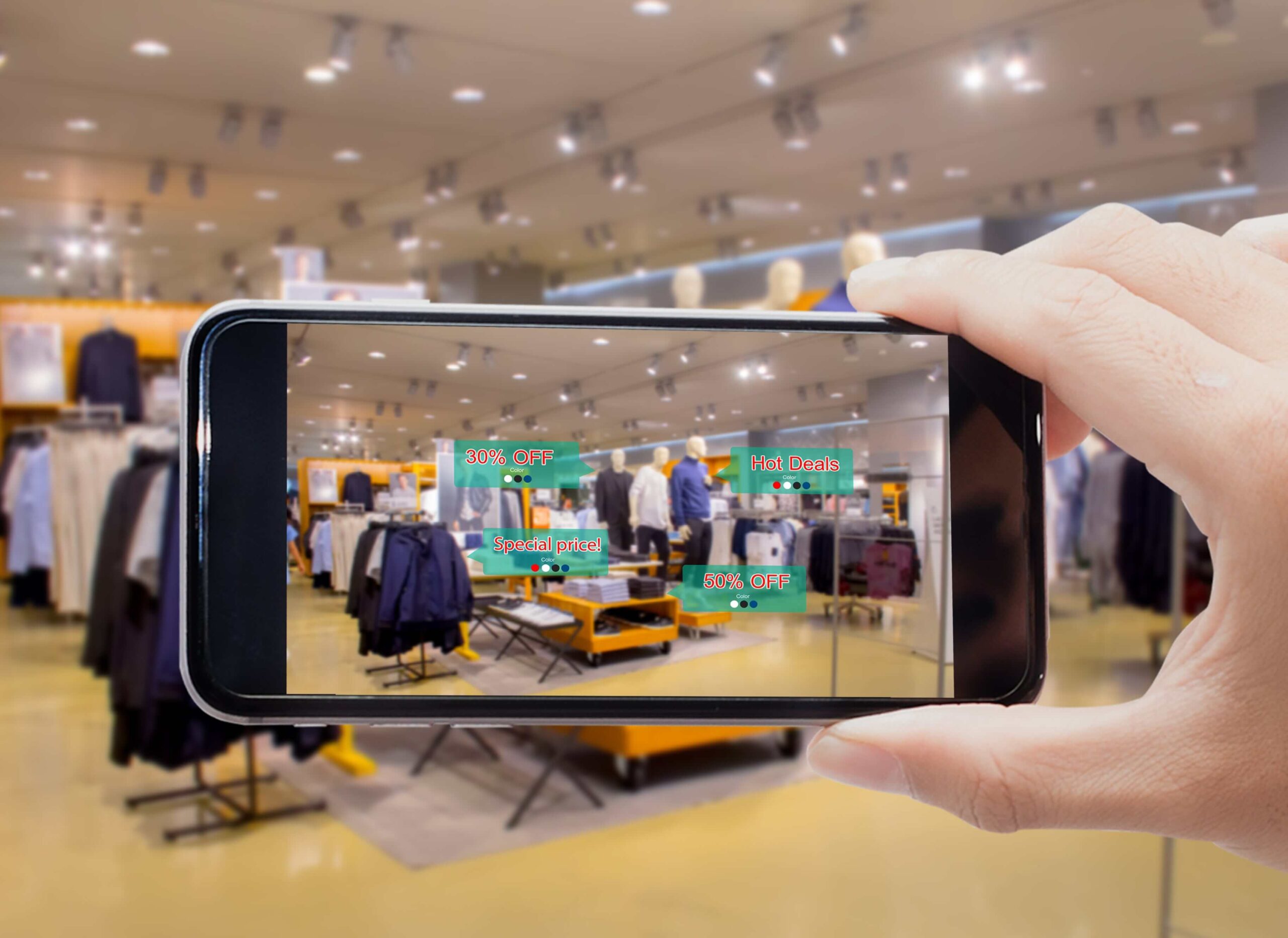The terms “augmented reality” (AR) and “virtual reality” (VR) are often used interchangeably, but they represent two very different technologies with unique applications and user experiences. While both AR and VR offer immersive experiences, they do so in different ways, and understanding these differences is key to utilizing them effectively.
1. VR is Fully Immersive, While AR Enhances the Real World
Virtual reality creates a completely immersive experience, placing users in an entirely artificial environment where the real world is entirely shut out. Users typically wear a VR headset, like Meta’s Oculus Quest, and enter a computer-generated world where they can interact with the environment in ways not possible in real life. With VR, users can experience situations, environments, or games as though they are physically present in that world.
Augmented reality, on the other hand, overlays digital content on top of the real world. You still see your actual environment, but with digital elements superimposed. For example, Pokemon Go, one of the most popular AR applications, allows players to see and interact with virtual creatures in real-world locations through their smartphones. AR doesn’t replace reality but adds to it, enhancing what is already there.
2. AR is More Portable, While VR Requires Specialized Equipment
Virtual reality typically requires a headset and, in many cases, controllers for interaction. Since VR creates a full sensory experience, users need to be aware of their physical surroundings to avoid accidents (like punching a television while playing a VR boxing game). This requires clearing out space to ensure safety.
AR is much more portable and accessible. Most AR experiences can be accessed through a smartphone or, in some cases, specialized AR glasses. Because AR enhances the real world rather than replacing it, users don’t need to worry about bumping into objects, making it a more user-friendly option for everyday use.
3. AR Has a Wider Reach Than VR
The accessibility of AR is one of its key strengths. With just a smartphone, users can experience AR applications, making it available to over 3 billion people worldwide. On the other hand, VR requires more specialized hardware, limiting its reach. Fewer people own VR headsets compared to smartphones, meaning AR applications have the potential to reach a far broader audience than VR apps.
Types of AR Applications
There are several types of augmented reality applications, each providing unique ways to interact with the digital world overlaid onto the real one. Understanding the different types of AR can help businesses and developers decide which is the best fit for their needs.
1. Marker-based AR
Marker-based AR uses a camera to detect a specific object, or marker, in the real world. When the camera identifies the marker, the AR app replaces the marker on the screen with a 3D version of the object. This technology allows users to interact with digital objects in real time, viewing them from multiple angles.
2. Markerless AR
Markerless AR doesn’t rely on a specific object for activation. Instead, users can place virtual objects anywhere they like. Once placed, the object can be moved or rotated, offering greater flexibility and creative freedom than marker-based AR.
3. Location-based AR
Location-based AR uses geographic positioning to display digital content in certain locations. A well-known example of this is Pokemon Go, where digital creatures appear at specific real-world locations that players visit.
4. Projection-based AR
Projection-based AR projects synthetic light onto physical surfaces, creating interactive displays. This is commonly seen in sci-fi movies with holograms. While still in the early stages, projection-based AR has vast potential for interactive experiences in education, entertainment, and advertising.
Augmented Reality in Ecommerce
AR is becoming a powerful tool in ecommerce, allowing customers to preview products in their own environment before making a purchase. By bridging the gap between online shopping and the in-store experience, AR provides customers with more confidence in their purchase decisions, leading to higher conversion rates and fewer returns.
1. Virtual Try-On Solutions
AR helps online shoppers visualize clothing, makeup, accessories, and even eyeglasses. Shoppers can see how items will look on them, reducing uncertainty and encouraging more confident purchases.
2. Preview Placement
For larger purchases like furniture, AR enables customers to see how an item will look in their home. Apps like Burrow’s Burrow at Home use AR to place true-to-scale models of their furniture in real-world spaces, helping customers make informed decisions about their purchases.
3. Interactive User Manuals
AR can provide interactive user manuals that offer step-by-step guidance in real time. For example, AR apps can scan a product and highlight relevant buttons and features, making it easier for users to understand how to use the product.
4. Social Media Filters
Brands have started using AR filters on platforms like Instagram and Snapchat to engage with users. These filters not only promote new products but also encourage user-generated content and interaction, making them a valuable tool in digital marketing.
The Future of AR in Business and Retail
The rise of 5G technology is expected to further boost AR adoption, particularly in retail. Faster internet speeds and lower latency will make AR experiences smoother and more immersive, encouraging more retailers to experiment with AR and VR technologies. By 2024, AR advertising revenue is projected to surpass $8 billion, indicating the growing importance of AR in the marketing and ecommerce landscape.
As businesses continue to adopt AR, customers will expect more personalized and interactive experiences when shopping online. AR offers a unique opportunity for brands to engage with their audience in creative and meaningful ways, setting the stage for the future of ecommerce and beyond.
